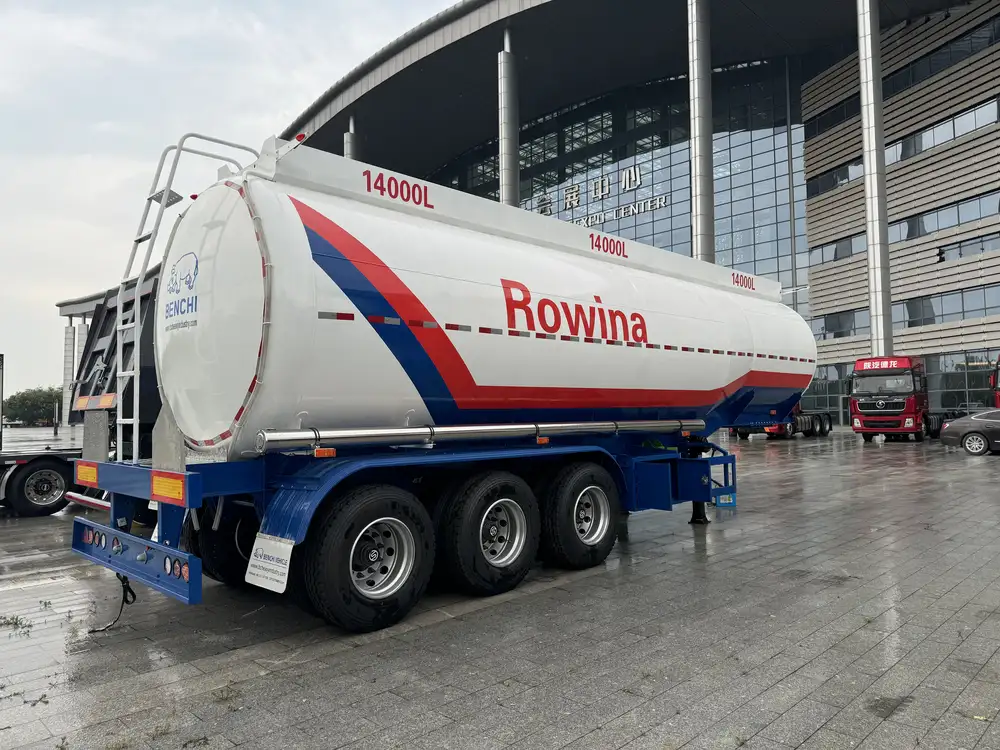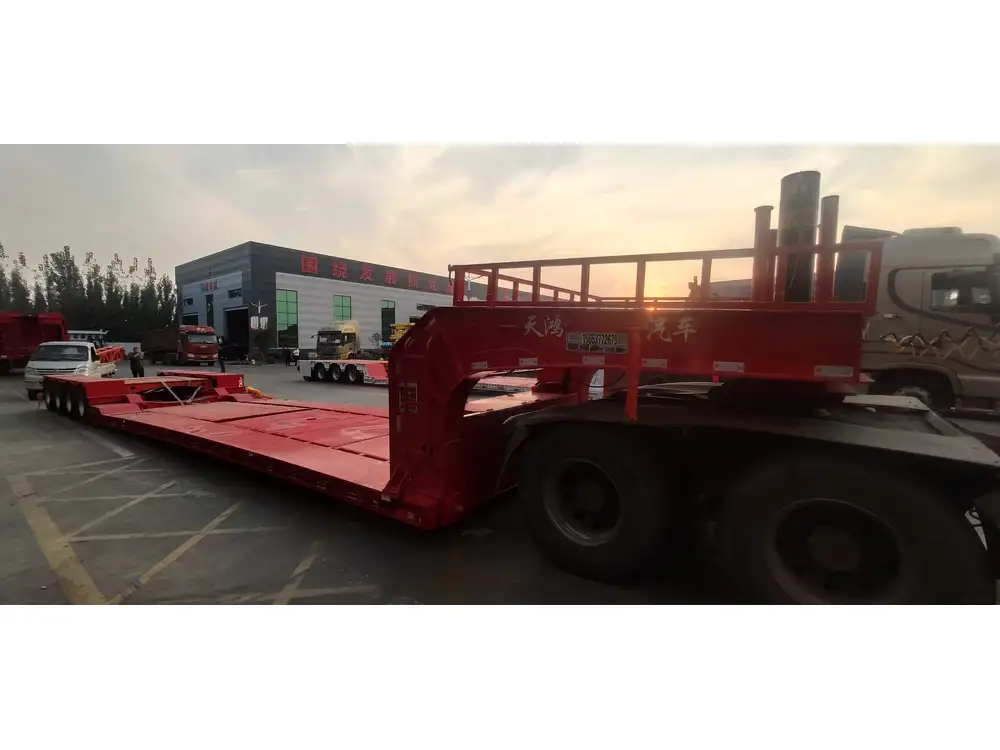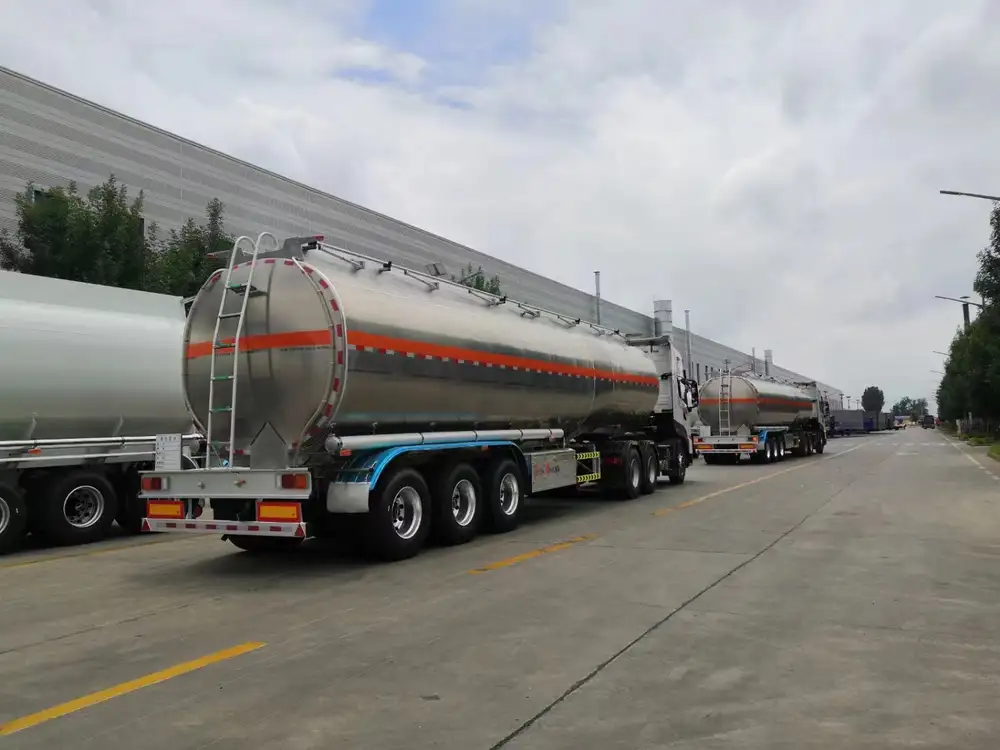The Anti-lock Braking System (ABS) is a critical safety feature in semi-trailers that prevents wheel lockup during panic braking. A malfunctioning ABS sensor can lead to reduced braking efficiency, increased stopping distances, and a higher risk of accidents. Therefore, understanding how to replace the ABS sensor on a semi-trailer is essential for maintaining operational safety and compliance. This guide will meticulously detail the step-by-step process for replacing the ABS sensor, exploring the common issues, tools required, and maintenance tips to ensure optimal performance.
Understanding the Role of the ABS Sensor
Before diving into the replacement process, it is imperative to understand the role that the ABS sensor plays:
- Monitoring Wheel Speed: The ABS sensor continuously monitors the rotational speed of each wheel and provides this data to the ABS control module.
- Preventing Lockup: When a wheel starts to lock up during hard braking, the sensor sends signals to modulate the brake pressure, preventing the wheel from locking and maintaining traction.
- Fault Detection: A faulty ABS sensor will trigger the ABS warning light on the dashboard, signaling the need for immediate inspection.
Common Symptoms of a Failing ABS Sensor
To ensure timely replacement, it’s crucial to recognize the symptoms of a failing ABS sensor:
- ABS Warning Light Activation: The dashboard light activates when an abnormality is detected.
- Decreased Braking Performance: Noticeable differences in how the trailer brakes, potentially leading to longer stopping distances.
- Inconsistent Brake Feel: An erratic or spongy brake pedal feel during operation.
- Traction Control Issues: Problems with traction control systems, often tied to faulty ABS sensors.

Tools and Materials Required
Before starting the replacement process, ensure you have the necessary tools and materials:
| Tool/Material | Purpose |
|---|---|
| Socket Set | Removals and fastenings of bolts |
| Torque Wrench | Ensuring proper tightening of bolts |
| Wire Cutters | For cutting any secured wiring |
| Multimeter | Testing the electrical integrity of the sensor |
| Replacement ABS Sensor | Newly acquired sensor compatible with the model |
| Safety Gloves | Protecting hands during the replacement process |
| Vehicle Jack | Lifting the semi-trailer for access |
| Jack Stands | Securing the trailer while it’s elevated |
Step-by-Step Process for Replacing the ABS Sensor
1. Safety First: Preparing the Semi-Trailer
Before commencing the replacement, follow these essential safety procedures:
- Park on Level Ground: Ensure the semi-trailer is parked on a flat and stable surface to prevent rolling.
- Engage the Parking Brake: Secure the trailer using the parking brake mechanism.
- Inspect the Surrounding Area: Remove any obstacles or potential hazards in the work area.

2. Lift the Semi-Trailer
Utilizing a vehicle jack, carefully lift the semi-trailer to allow access to the wheel well where the ABS sensor is located. After lifting, secure the trailer using jack stands to ensure safety during the operation.
3. Locate the ABS Sensor
The ABS sensor is typically situated near the wheel hub. Here’s how to find it:
- Identify the Brake Components: Look at the rear side of the brake rotor or axle where the sensor is mounted.
- Use Visual Aids: Consulting the vehicle’s manual or schematics can help pinpoint the exact location of the sensor.
4. Disconnect the Electrical Connector
- Examine the Wiring: Carefully inspect the wiring connected to the ABS sensor.
- Unplug the Connector: Gently pull on the connector to detach it from the sensor. Avoid pulling on the wires to minimize damage.

5. Remove the Old ABS Sensor
- Unscrew the Sensor: Use a socket set to remove the mounting bolts securing the ABS sensor.
- Take Out the Sensor: Gently pull the sensor out from its housing. If it feels stuck, wiggle it lightly to loosen it.
6. Install the New ABS Sensor
- Position the New Sensor: Insert the new ABS sensor into the housing, ensuring it fits snugly.
- Secure with Bolts: Reattach the mounting bolts and tighten them using a torque wrench to the manufacturer’s specifications.
7. Reconnect the Electrical Connector
- Plug in the New Sensor: Connect the electrical connector to the new ABS sensor, ensuring it clicks securely into place.

8. Lower the Semi-Trailer
Carefully remove the jack stands, then lower the semi-trailer off the jack, returning it to the ground.
9. Test the New Sensor
Before returning the trailer to service, conduct the following tests:
- Functionality Check: Start the semi-trailer and observe if the ABS warning light on the dashboard turns off after the ignition cycle.
- Road Test: Conduct a short test drive to ensure the brakes function as expected, feeling for any unusual feedback.
Troubleshooting Common Issues
Even after successfully replacing the ABS sensor, issues may still arise. Here are some common problems and their resolutions:

1. ABS Light Remains On
Problem: The ABS warning light remains illuminated after the replacement.
Solution: Recheck the wiring connections and ensure they are secure. Use a multimeter to test the voltage at the sensor’s connector for any electrical faults.
2. Inconsistent Braking Performance
Problem: Braking feels inconsistent even with a new sensor installed.
Solution: Inspect the brake system and consider having the brake fluid checked and replaced if it shows signs of contamination.
3. Sensor Failure Soon After Replacement
Problem: A new sensor fails shortly after replacement.
Solution: Validate the compatibility of the replacement part. Sometimes, incompatible sensors can lead to early failure.

4. Persistent Warning Light
Problem: Despite repairs, the ABS light keeps illuminating.
Solution: The issue may stem from the ABS control module or additional components of the ABS system. Diagnostic tools may be necessary for deeper system analysis.
Preventative Maintenance Tips
To prolong the life of your ABS sensors and braking system, implement these preventative maintenance strategies:
- Regular Inspections: Conduct routine checks of your braking system and ABS components to identify wear early.
- Maintain Cleanliness: Ensure that the sensor and surrounding areas remain free from dirt, debris, and corrosion, as contaminants can impede performance.
- Monitor Brake Fluid: Regularly check and replace brake fluid according to manufacturer guidelines. Contaminated fluid can lead to sensor malfunctions.
Conclusion
Replacing the ABS sensor on a semi-trailer is not just a maintenance chore; it is a critical procedure for ensuring road safety and operational effectiveness. By following the detailed steps outlined in this guide, you can proficiently tackle this repair task, thereby enhancing the performance of your vehicle’s braking system. Embrace regular maintenance practices, be vigilant about symptoms of failure, and foster a culture of safety within your operations. Ensuring that your semi-trailer operates seamlessly with a functional ABS system is invaluable in safeguarding both your cargo and those on the road.



